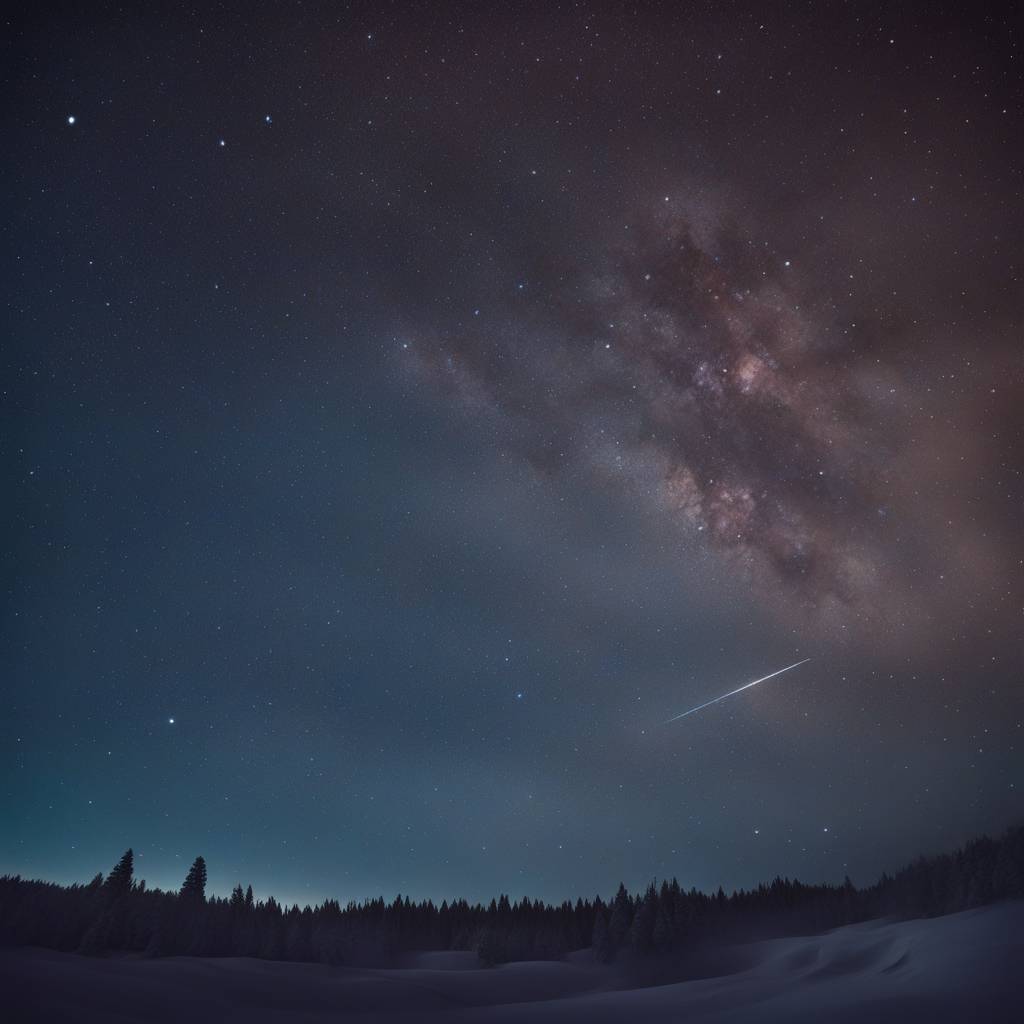This week in North America offers a rare celestial event—a total solar eclipse. While the path of totality stretches from northern Mexico to Atlantic Canada, those outside of this path will still be able to witness a large partial solar eclipse. Alongside this event, Comet Pons-Brooks, a short-period comet, will also be visible in binoculars after the eclipse as it emerges into the evening sky. Additionally, the sighting of the Shawwal Moon marks the end of Ramadan and the beginning of the Eid-al-fitr festival.
Monday, April 8 brings the opportunity to witness a ‘Supermoon’ Total Solar Eclipse, a rare occurrence that only happens every 366 years on average for any one place on the planet. This totality will last up to 4 minutes and 26 seconds, but it will only be visible to those in the path of totality. The rest of North America will experience a partial solar eclipse. This total solar eclipse is also a ‘supermoon,’ with the moon reaching its closest point to Earth during its orbit, making it large enough to cover over 100% of the sun.
On Tuesday, April 9, a 2%-lit crescent moon will be visible in the southwestern sky right after sunset. While it will sink quickly, those with binoculars may be able to catch a glimpse. Wednesday, April 10 brings a 7%-lit waxing crescent moon, accompanied by the planet Jupiter and Comet 12P/Pons-Brooks. Thursday, April 11 features a 14%-lit crescent moon shining above the Pleiades cluster. Throughout the week, sky-watchers are encouraged to look for ‘Earthshine’ on the moon’s dark side.
Looking ahead, the next total solar eclipse in North America will occur in Alaska on March 30, 2033. Eclipse enthusiasts are advised to plan ahead for the next total solar eclipse in Europe on August 12, 2026, which will provide a spectacular sight for those in Greenland, Iceland, and beyond. For specific times and locations, online planetariums can provide accurate information on planet-rise, planet-set, sunrise, sunset, moonrise, and moonset times for different regions. Wishing all sky-watchers clear skies and wide eyes as they enjoy observing the celestial events of the week.


